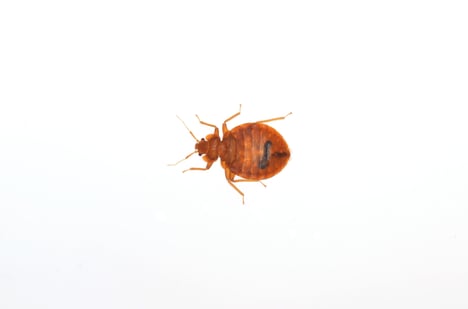A Closer Look with Brittany Campbell
Just the words bed bug can elicit fear and instant scratching in humans. Rightfully so, their bites can cause allergic, itchy skin reactions and infestations can be difficult to manage. Thankfully, bed bugs don’t transmit disease, but they still are not a pest anyone wants to find inside their home.
Bed bugs consume up to 5x their body weight in blood
All life stages of the bed bug, except for the egg, consume blood exclusively for food. Immature bed bugs need blood to grow and develop and females need a blood meal to lay eggs. Typically, bed bugs will feed for about 5 to 10 minutes on their host and then walk away from their meal to go hide in cracks and crevices. Research has found that a population of 3,500 bed bugs can start to have negative effects on human babies and when bed bug populations grow large enough, they can stress their hosts bodies and cause anemia from blood loss.
Females can lay over 500 eggs in her lifetime
Bed bugs are extremely prolific insects. It doesn’t take long once they get into a home or building for their populations to grow large without intervention. With access to regular blood meals, females are estimated to lay around 250 eggs in their lifetime, but if she is given access to more frequent blood meals or feeds more often than once a week that number can soar to 500 eggs.
Bed bugs not only infest homes – they are a major pest in poultry houses, too!
Bed bugs are related to bat bugs and other bird bugs that dwell in nests and feed on bats and birds. Not surprisingly, bed bugs can also feed on chickens and are a problem in poultry houses.
They can live a long time without eating
On average, bed bugs exposed to normal home conditions can live about three months without feeding. This is important, considering an empty apartment or hotel room can remain infested with live bugs for a while without having a person present to feed on.
References:
Pereira, R. M., Taylor, A. S., Lehnert, M. P., & Koehler, P. G. (2013). Potential population growth and harmful effects on humans from bed bug populations exposed to different feeding regimes. Medical and Veterinary Entomology, 27(2), 148-155.
Technical Services Manager PCO Product Development